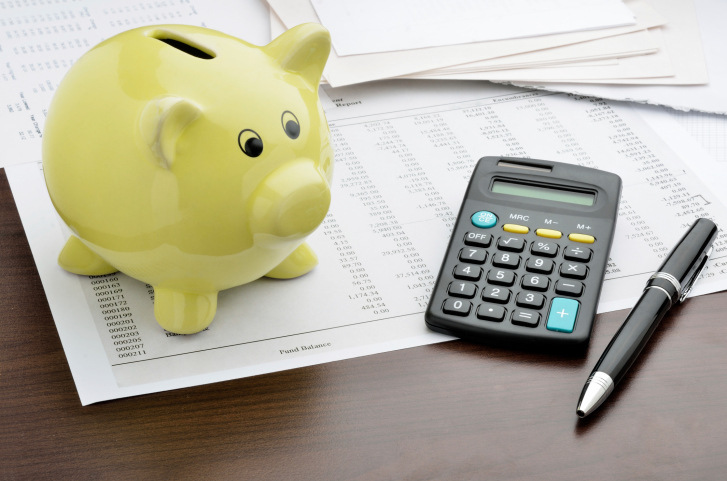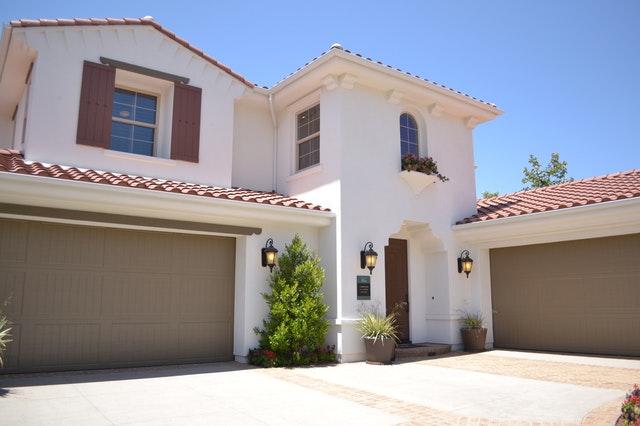4 Important Reasons Why You Should Consider Buying A Green Home
 Buying a home is one of the most important decisions you can make. There are many decisions involved in choosing the right home from picking a real estate agent, to figuring out what type of home will suit your needs. You want the right sized rooms, a floor plan that fits your family, and certain home features you know you can’t live without.
Buying a home is one of the most important decisions you can make. There are many decisions involved in choosing the right home from picking a real estate agent, to figuring out what type of home will suit your needs. You want the right sized rooms, a floor plan that fits your family, and certain home features you know you can’t live without.
With all the decisions you have to make surrounding your new place to live, you may want to consider buying a green home. Green homes can be a little more expensive up front, but over time they can save you money and pay for the upgrades. These are several reasons for deciding to buy a green home.
Air Quality And Health
Green homes are built with better air quality in mind. The materials used to build green homes improve the indoor air quality of your home. Furthermore, green homes are built to encourage indoor plant growth. Plants help clean our indoor air and reduce pollution and are an essential part of any green home.
Saving Water
Green homes are also built to conserve water. Buying a green home will cause you to use 30%-50% less water than in a conventional home. Conserving as much water as possible has become more important now than ever before and purchasing a green home can help you use less water.
Use Less Energy With A Green Home
Everyone would love to save money on their heating and electric bills. With a green home, you can do exactly that. Green homes use nearly 30% less energy and have over 30% less greenhouse gas emissions. This translates to savings on your utility bills every month.
Increase The Resale Value Of Your Home
A home isn’t only a place to live, but it’s also an investment. Purchasing a green home can be viewed as a wise investment, as many people consider green homes appealing. They’re attractive for their many cost saving and natural features, besides offering more sustainable living. For these reasons, your green home may increase in resale value.
There are many direct benefits to you by purchasing a green home. Not only do they help the environment, but they are good for your health and your energy bills. Consider making your next home a green home.
If you are in the market for a green home in your area, be sure to contact your trusted mortgage professional for financing options and a pre-approval.
 Case-Shiller’s 20-city home price index for September reported the lowest pace of year-over-year home price growth in almost two years. Lower home prices balanced housing markets between sellers and buyers, but home prices continued to grow approximately two times faster than wage growth.
Case-Shiller’s 20-city home price index for September reported the lowest pace of year-over-year home price growth in almost two years. Lower home prices balanced housing markets between sellers and buyers, but home prices continued to grow approximately two times faster than wage growth. The real estate market does not occupy a space outside the laws of physics. As Sir Isaac Newton so aptly theorized, “For every action, there is an equal and opposite reaction.” When applying the English physicist’s Third Law to today’s rising mortgage rates, anticipating the reaction can be valuable information if you are planning to buy or sell a home or commercial property.
The real estate market does not occupy a space outside the laws of physics. As Sir Isaac Newton so aptly theorized, “For every action, there is an equal and opposite reaction.” When applying the English physicist’s Third Law to today’s rising mortgage rates, anticipating the reaction can be valuable information if you are planning to buy or sell a home or commercial property.